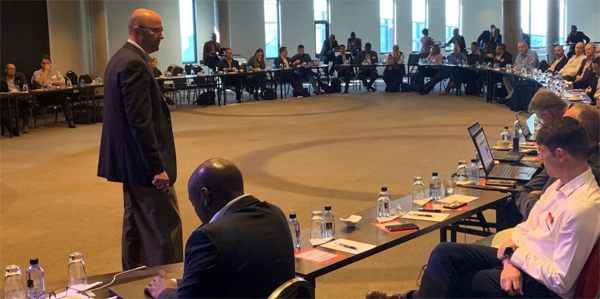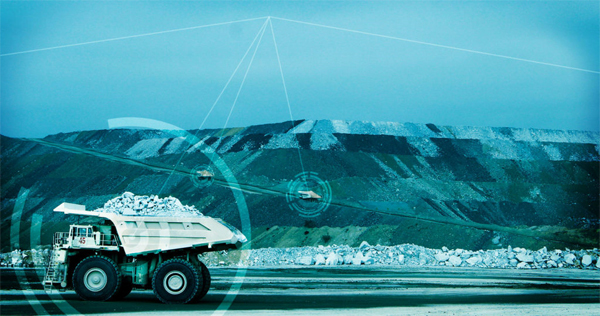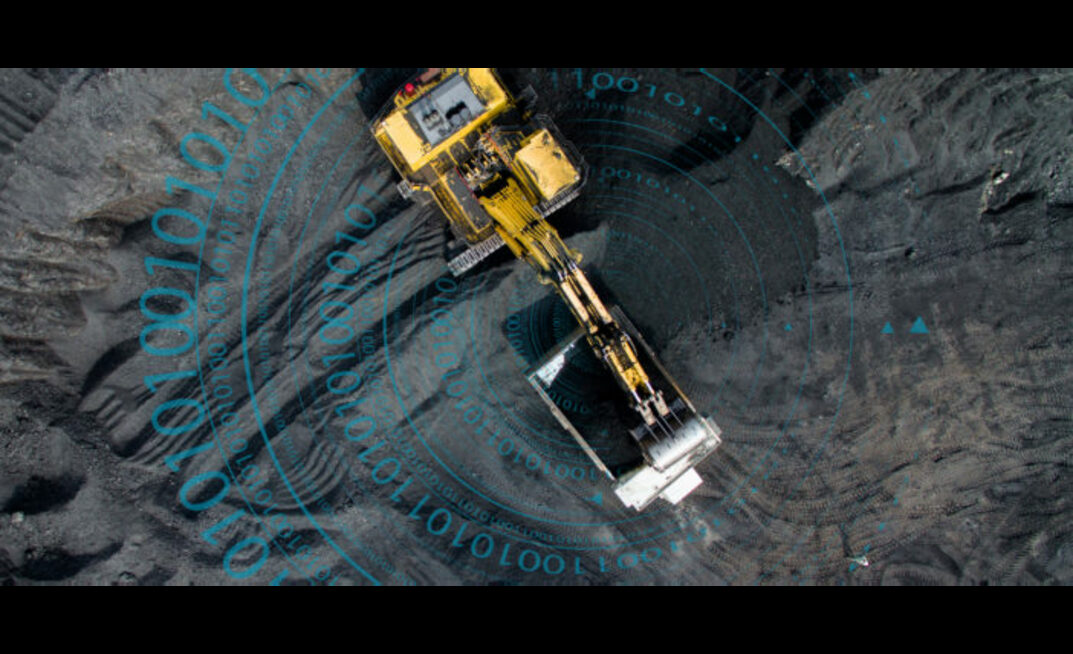
Ok, so you've caught the fever. You are ready to start a digital journey. You've hired a chief digital officer, a big-name consulting firm, assembled a bunch of internal stakeholders, and started answering the phone calls from all those pesky vendors.
It's time to rock and roll.
But, before you get started, let's chat about how you will trip and fall on that digital journey. First, I'd like to break down that journey into five areas that can trip you up.
I hope those steps feel right: I literally just made them up from experience.
Why are you on this journey?
The first step is to think about what you are digitizing. I've broken this down into three areas:
- A digital plan - are you making your future plans in a digital manner for easier sharing and progress tracking?
- A digital archive - Are you keeping digital records of what you've done for future review and analysis?
- Real-time digital - Are you managing your process utilizing real-time digital data?
In reality, a digital system can be developed that addresses all three steps at once. This is a good goal with which to start. However, many digital plans possess fine ROIs without that trinity. Here are a few breakdowns of those digital data you might be generating. Are you:
- Managing a process? (real-time digital data)
- Reporting results? (archival data)
- Communicating objectives? (digital plan data)
- Creating a novel root-cause analysis? (‘big' archival data)
- Creating a record for future revisions to a plan? (archival data of completed plan data)
- Creating a record to track progress against a plan? (archived plan data against updated plan data)

Hexagon's Andrew Crose in his element, discussing digital with customers.
How will you accomplish the ‘why'?
The most common stumble here is being unclear on the type of digital data you are generating and why you are generating it. Think about the ‘why'.
Next, the ‘how': How do you plan for this digital journey? I love the phrase, "plan the work and work the plan". It doesn't get much simpler than that. In that regard, does the plan:
- Address the ‘why'?
- Get stakeholder agreement on the ‘why'?
- Review the options for ‘how' you will do the work?
- Develop a measurement of the gap between present and future state?
- Develop the team(s) to accomplish that goal?
Did you build the right team?
Despite being in a digital world, people and the team you assemble to take you on that digital journey can represent the biggest potential stumbling block. When I, as a vendor, embark on a digital journey with a customer, I actually ask and expect the customer to assemble the right team and we match that team on our side. For example, a good team on the customer side can look like:
- Executive sponsor - to reinforce the ‘why'
- Project manager - to manage the ‘how'
- User representatives - to ensure the ‘how' is feasible to address the ‘why'
And generically speaking, on the vendor side there are:
- Implementers - those responsible for implementing the ‘how'
- Project manager - to manage the vendor's side of delivering on the ‘how'
- Executive sponsor - to ensure the vendor's team is capable and aligned to deliver on the ‘how'

Digital projects can be complex with multiple stakeholders to manage complex project charters
As you can see, there are matching layers in these two groups, and the more those two groups (company and vendor) match up at those layers, the more successful the digital journey will be.
Within those teams, a few responsibilities that get misassigned and trip up the journey include:
- You are responsible for making sure the ‘why' is valid and the measurement of the before and after are feasible. Sure, the vendor's sales staff gave you many case studies and ideas on your personal ‘why' and ROI calculators on how to measure that benefit, but every project is a little different. Starting points of the digital journey are not created equally; neither are end goals. You have to own your own ‘why'.
- The vendor is responsible for describing the ‘how' and delivering to that description. We know our products, what they can and cannot do and the best practice from other projects on ‘how' to go about our work. Obviously, you must collaborate on the plan, but to stick with analogies, the ditch digger knows how to best dig ditches: my advice probably won't help him.
Are you managing the digital-journey process?
Managing this digital journey is the next place to easily trip up. As discussed, digital projects can be complex with multiple stakeholders to manage complex project charters - not an easy task. Ways you can trip in managing the process include:
Getting alignment on the ‘how' and ‘why', and getting this up front. You need this alignment across all teams, both internal and external, and across a wide breadth of stakeholders. Without this, the digital journey can suffer from death by a million cuts as stakeholders must be brought along more slowly, either because you must educate as you go on why and how you are doing this, or via passive resistance to your project from stakeholders that were never aligned at the beginning.
Keeping alignment is just as hard. As these projects can take many months and sometimes years, it is easy to lose focus and lose alignment. On the company side this comes with competition and new goals. The project that started off well can easily get off track after many months when a new, sexy initiative comes down the line. Likewise, on the vendor side, there is a risk that a new customer or new project comes along that can drain from the planned resources to accomplish earlier projects on time. This is the role of executive sponsors, who must manage and maintain to ensure the process stays aligned.
Keeping track is another challenge. It still surprises me how frequently large projects possess no project plan; or they had a project plan, but somewhere in the process, the plan stopped being updated. This is the role of the project manager.
Be flexible. Projects are complex, companies must be dynamic to succeed. One easy way to trip on a digital journey is to ignore that there will be, and likely should be, deviations and variations in a project. As assumptions change, be prepared to openly discuss changes to projects and potentially the associated costs of that change. The world is not static, neither should your journey be.
The End (is just the beginning!)
Here is the real challenge. The end is just the beginning. You typically began a digital journey project with an on-going goal in mind. As such, the end of your project is just the beginning of your program. In that regard:
Do you have a program owner? That is, who will own this change into a new digital world after the project is over? Did you inform them of the new world and frequently the extra or at least different work? Are they committed to the same vision as your original ‘why'?
Did you do training? Are the staff trained and capable of delivering on this new digital world? Do you have an ongoing plan to retrain as staff turns over or knowledge degrades?
Did you do change management/organizational alignment? Did you actually follow the process to walk the whole affected stakeholder-workforce through the change? Not just those lucky few stakeholders on your project, but all the affected employee base that might prevent the program from achieve the ‘why'?
Do you have a maintenance and support plan? Technology is technology. Just as you must maintain your car with regular service, digital platforms are no different. Did you plan for updates and upgrades? Will you obtain the bug fixes and updates as they are released? No technology is without bugs; just see the recent Boeing 737 issues that will be addressed via a firmware update. It's a good idea to be aligned to get improvements to your digital infrastructure as it's released.
Do you have a lifecycle plan? Every product has a lifespan. Phones are turned over roughly every two years, laptops every three. Cars last roughly 200,000 kilometers if maintained, bridges last approximately 50 years. Have you planned and budgeted for the lifecycle of your digital investment?
I accumulated these lessons through many trips over 20 years. My hope is we can avoid these common stumbles for fewer bruised knees and scraped-up chins.

Andrew Crose is Director of Sales EMEA Region. He is a miner at heart and has participated in digital strategy, IoT, big data, and other technology initiatives with some of the world's top mining houses. He is a Six Sigma Black Belt trained in process improvement on projects in the mining industry. Andrew brings more than 15 years' experience in sales management and operations, with the last 10 years in the mining industry. He is responsible for the development, maintenance, and management of sales processes for the Operations' product portfolio.
ABOUT THIS COMPANY
Hexagon Mining
Hexagon’s Mining division brings surveying, design, fleet management, production optimization, and collision avoidance together in a life-of-mine solution that connects people and processes.
HEAD OFFICE:
- 40 East Congress Street, Suite 300, Tucson, Arizona, 85701, United States
- Phone: +1 520 795 3891
- Web: hexagonmining.com


























